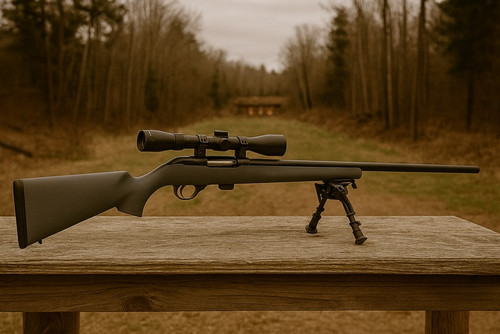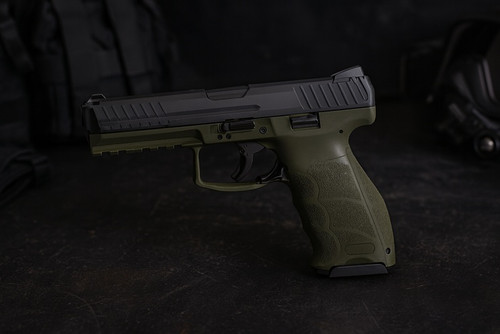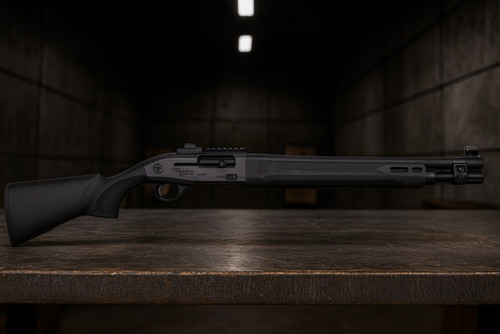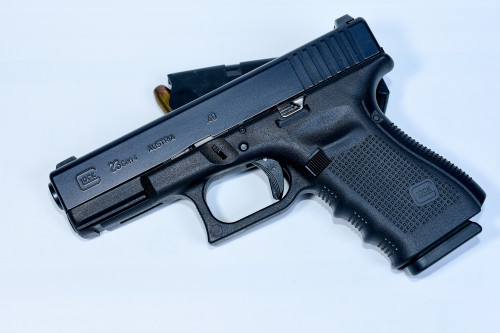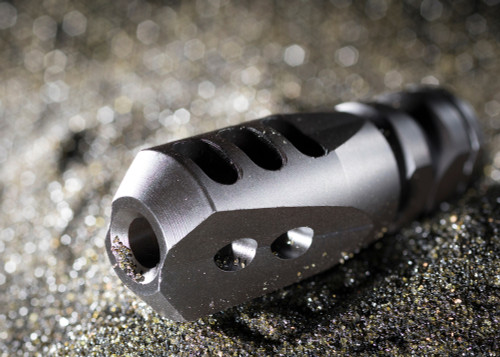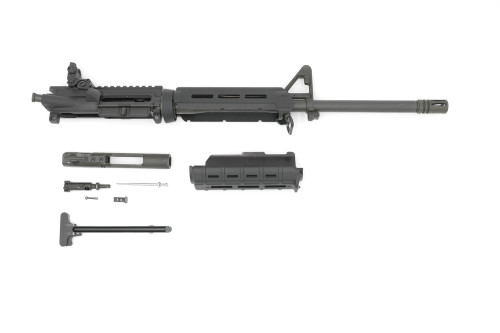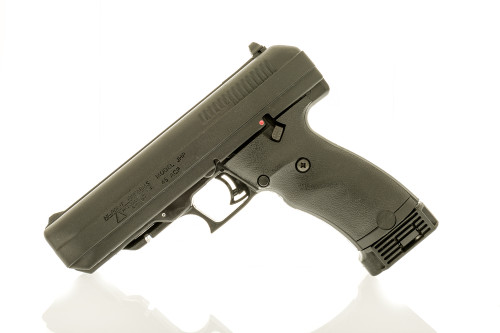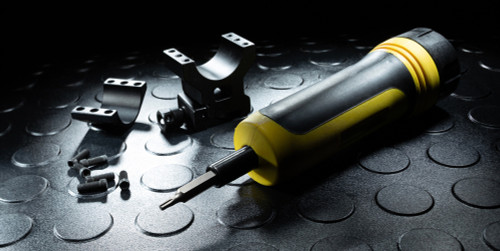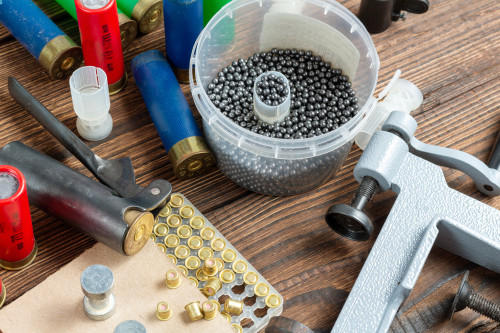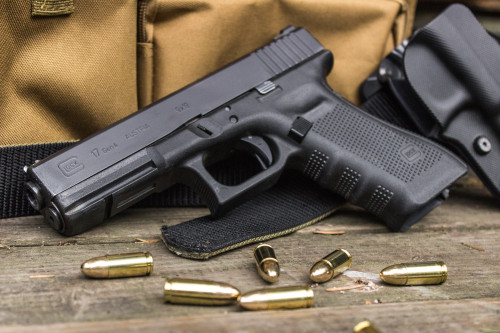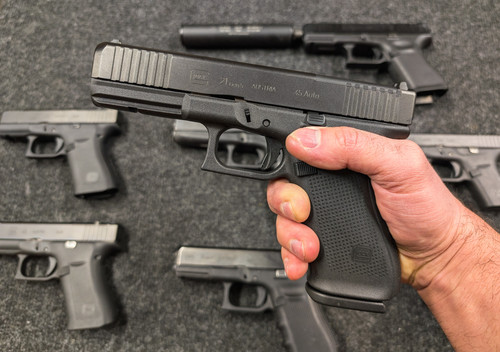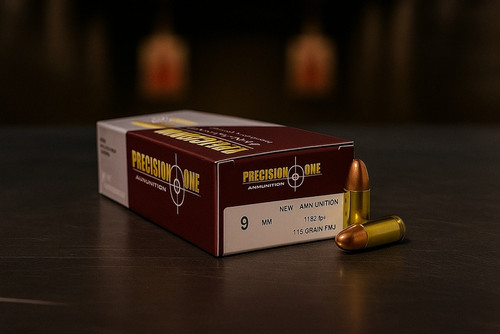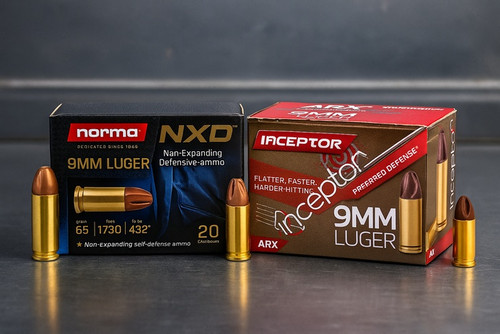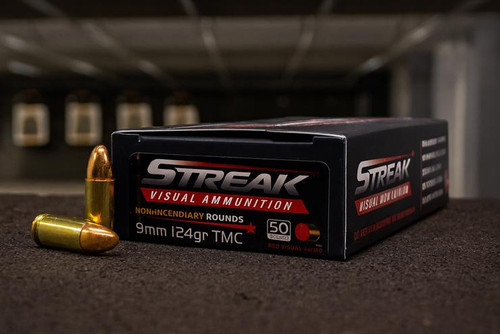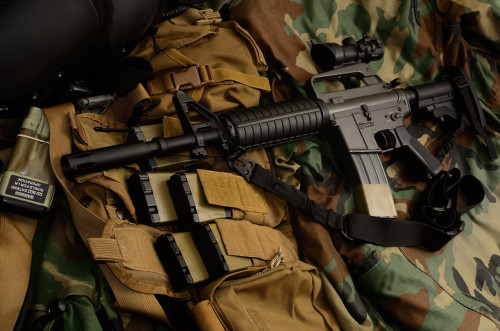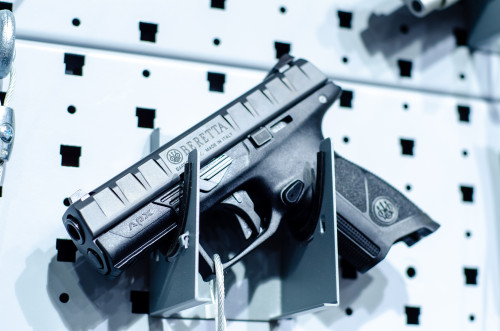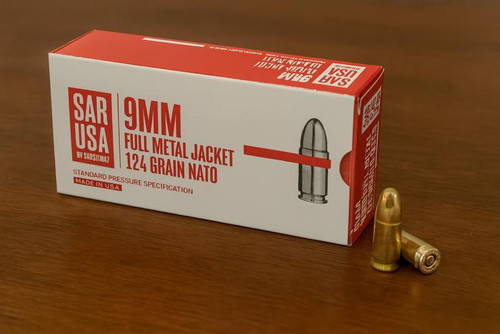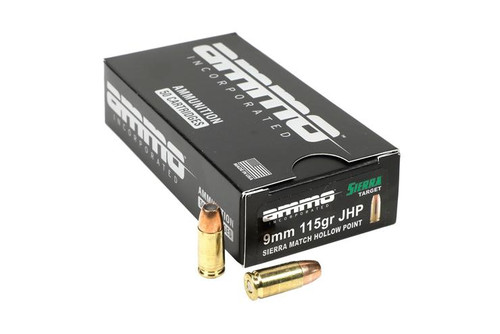Quick Answer
Glock Gen 3 offers rail and finger grooves with huge aftermarket support. Gen 4 added a bigger mag release, RTF grip, modular backstraps, and dual recoil spring (discontinued 2020). Gen 5 features nDLC finish, ambi controls, some models have a flared magwell, improved trigger, and Marksman Barrel. Slimline and MOS models exist "outside" generations for concealed carry and optics-ready needs.
Key Takeaways
- Gen 3 - customization king; widest parts ecosystem.
- Gen 4 - transitional ergonomics; left-hand friendly upgrades.
- Gen 5 - Many Gen 5 models feature a flared magwell and (on FS variants) front slide serrations; however these elements vary by model and production iteration.
- Slimline - concealment focus; MOS = optic plates, no milling.
- Some parts (barrels, magazines) may cross-fit within certain model families, but recoil assemblies, trigger modules and some frame components are often not directly interchangeable — verify compatibility for the specific model and generation before buying upgrades.
At the range, you'll notice Glocks from different generations side by side. Gen 3s with their finger grooves and massive aftermarket support. Gen 4s offer better ergonomics and that dual recoil spring. Gen 5s with their smoother grips and ambi controls that lefties love. Each has its fans for good reasons - not just because one is newer than the other.
Why Glock Generations Matter
Glock is a common name in handguns. Since the 1980s, the brand has grown big. It now offers over fifty pistol models in many sizes, styles, and calibers. The design came from Austria. It was not the first polymer handgun. But it became the most successful one.
Each Glock “generation” brings a set of updates. These changes shape how the gun feels, handles, and performs. They touch ergonomics and fit parts. Some shifts are small. Others stand out. When you shop for a Glock, the generation matters as much as the model number.
Here is a simple tip for new buyers. Pick the generation for its grip and controls first. Then choose the size and caliber that match your needs. The way the frame sits in your hand will guide your aim, speed, and comfort more than you may expect.
The company’s rise began with its founder, Gaston Glock. He had no past in firearm design. But he knew advanced synthetic polymers well. He used that skill to build his first pistol. That polymer know-how later shaped the brand’s identity and growth.
Glock Generations — Gen 3 vs Gen 4 vs Gen 5
| Feature | Gen 3 | Gen 4 | Gen 5 |
|---|---|---|---|
| Grip & Finger Grooves | Finger grooves | Finger grooves; RTF texture; modular backstraps | No finger grooves; smoother profile |
| Controls | Standard mag release | Larger, reversible mag release | Ambidextrous slide stop; improved trigger feel/reset |
| Recoil System | Single recoil spring assembly | Dual recoil spring assembly | Dual recoil spring assembly |
| Finish | Tenifer / nitride-treated slide | Nitride-treated slide | DLC (diamond-like carbon) finish |
| Barrel | Glock polygonal/rounded rifling (Gen 1–4 profile) | Glock polygonal/rounded rifling (Gen 1–4 profile) | Glock Marksman Barrel (enhanced rifling & refined crown for improved accuracy) |
| Magwell | Standard (not flared) | Standard (not flared) | Flared magwell |
| Slide Features | No front serrations | No front serrations (FS not standard) | Front serrations (FS variants); early half-moon cut removed |
| Aftermarket / Ecosystem | Largest parts ecosystem; customization king | Good, but narrower than Gen 3 | Newer; some parts not cross-compatible |
| Status / Notes | Often most affordable; still widely produced | Discontinued in 2020 | Most refined stock shooter; accuracy and controls improved |
Gen 1
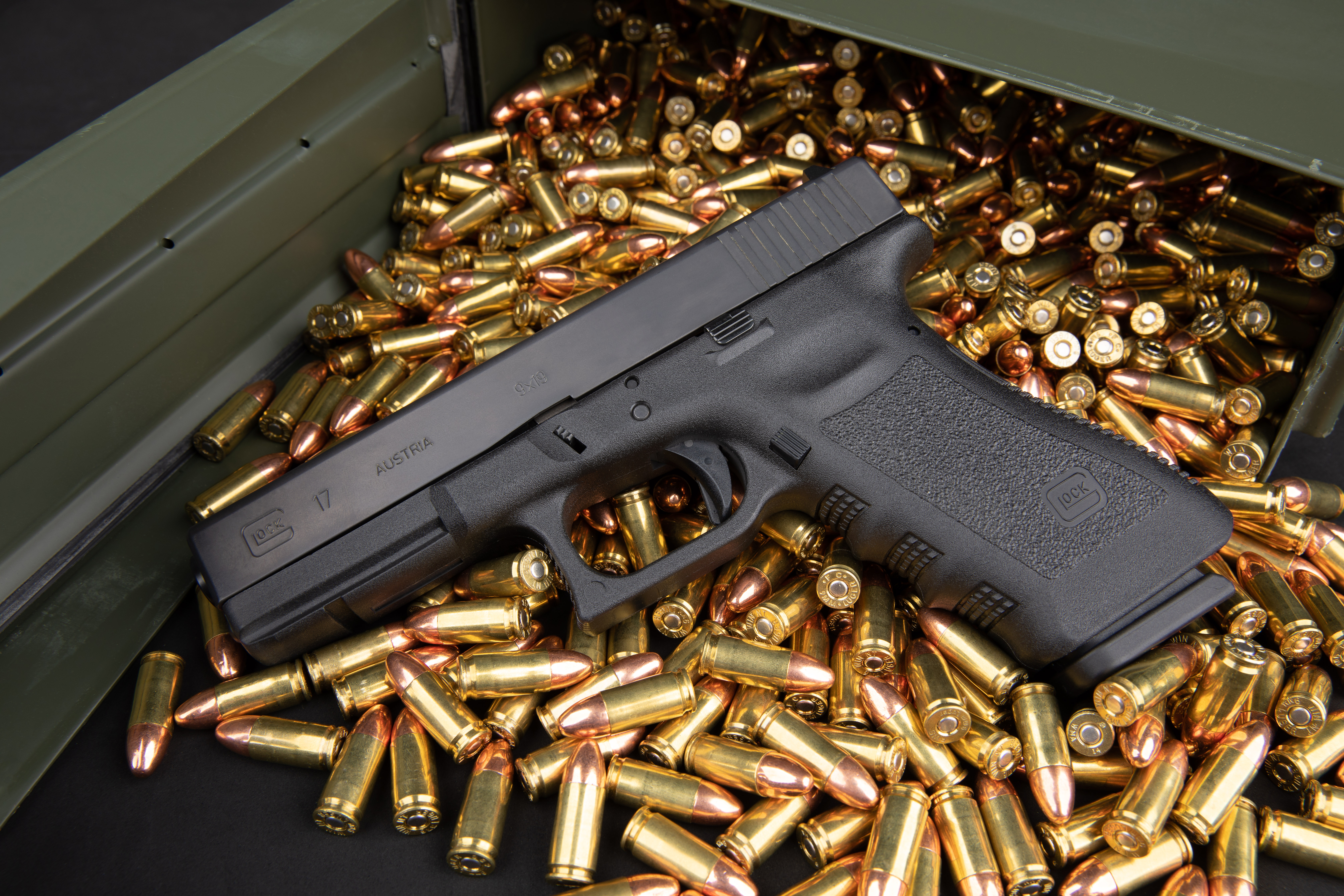
The story starts in the early 1980s. The Austrian military ran trials to replace aging Walther P38 handguns. The Austrian Armed Forces set out seventeen clear requirements for the new sidearm. They wanted a self-loading pistol in NATO-standard 9mm. It also had to pass tough endurance tests.
Gaston Glock gathered top handgun experts from Europe. In three months, they built a working prototype. The first model was the Glock 17. The name is linked to its 17-round magazine. It met every test and won the Austrian contract in 1982 as the Pistole 80, or P80.
The P80’s success sparked wider interest. Demand grew across Europe and in the United States. By 1985, joint Norwegian and Swedish trials led to service use in Norway, also under the P80 name. By 1992, about 350,000 Glocks had sold in over forty-five countries. Of those, around 250,000 went to buyers in the US.
Gen 2
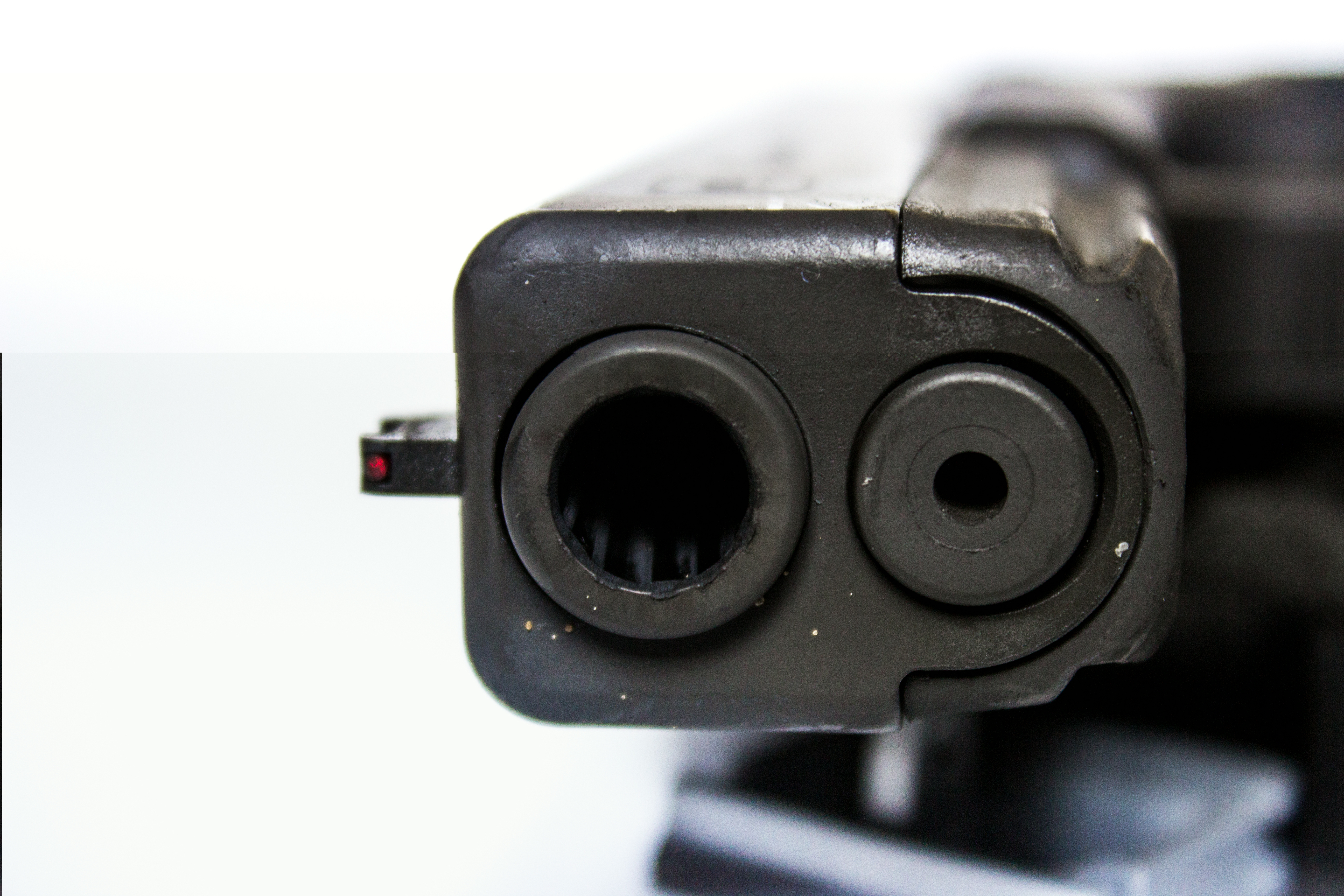
Glock released Gen 2 in 1988. The updates were modest yet useful. There was still no accessory rail. Finger grooves would come later. But checkering appeared on the front strap and back strap. That gave a firmer hold for many hands.
The biggest move in the Gen 2 period was the Glock 19. This compact take on the G17 hit a sweet spot. It offered an easier carry size. It kept much of the capacity and shootability people wanted. For many buyers, it became the go-to mid-size choice.
During this period, Glock also expanded their caliber offerings beyond 9mm. Larger framed models in .45 ACP and 10mm appeared, followed by the G22 and G23 in .40 S&W. The company rounded out their lineup with the introduction of "Baby Glocks" (G26 and G27) – subcompact models perfect for deep concealment.
Gen 3
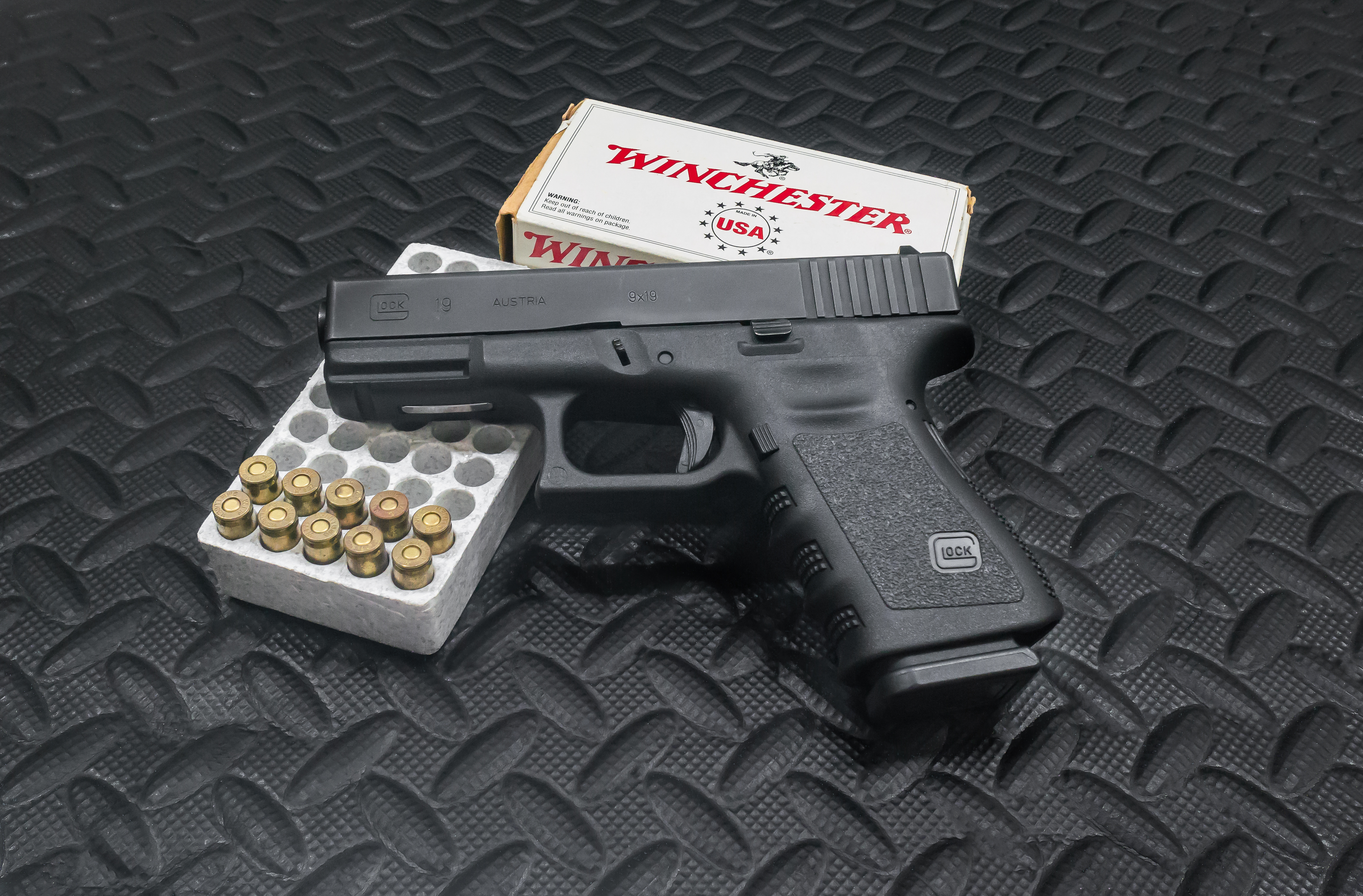
What changed
The Gen 3 Glock, released in 1998, brought clear upgrades to the platform. Most visible, Glock added an accessory rail under the barrel for lights and lasers — huge for duty and home defense.
The frame gained finger grooves on the front strap, a small thumb rest on both sides, and a loaded chamber indicator. These changes aimed to improve grip feel and simple feedback. The Gen 3 also kicked off a boom in aftermarket parts, which turned this line into the most customizable Glock family to date.
Strengths
The Gen 3’s biggest edge is the massive aftermarket. From triggers to barrels, from slides to grip work, you get the widest range of parts. That makes it a great pick for builders and tinkerers who want a custom gun.
Gen 3 models also tend to be easier on the wallet than newer lines. Many are still made today, which says a lot about their long run. As one industry observer put it, “Food for thought: Not every manufacturer that makes Gen 3 Glock parts makes Gen 5 parts, but most Gen 5 parts manufacturers make Gen 3 parts.”
Trade-offs
The finger grooves are the most divisive feature – they fit some hands perfectly but feel awkward in others. There's no way to remove them without significant modification.
The Gen 3's trigger, finish, and barrel technology have been surpassed by newer generations. For someone seeking the best out-of-the-box performance, these might be important considerations.
Who it suits
Gen 3 Glocks are ideal for people who plan to modify their pistol extensively. The huge parts ecosystem means you can build almost any configuration you can imagine. They're also great for budget-conscious buyers who want a proven platform without paying for the latest refinements.
Gen 4
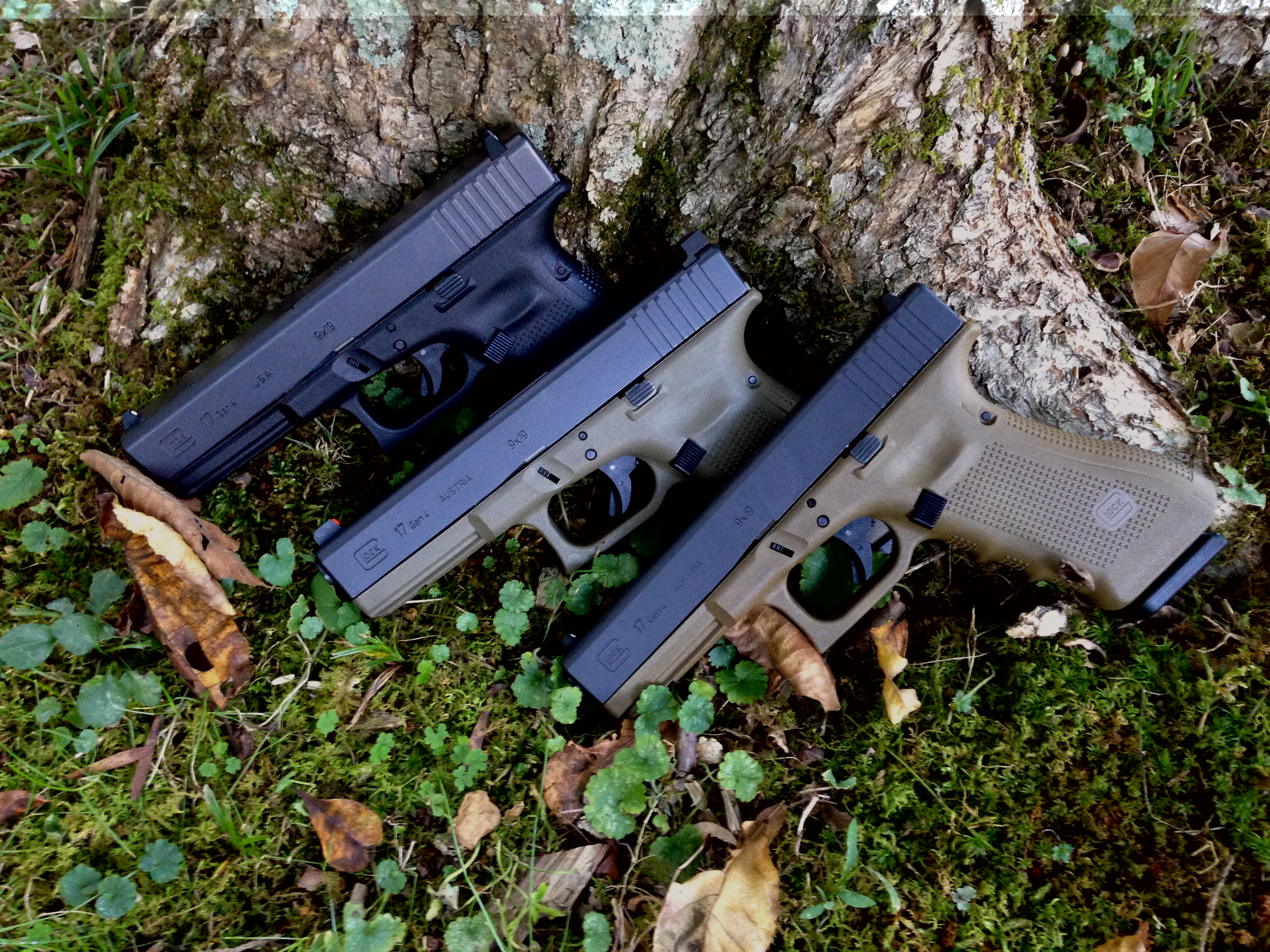
What changed
Born in 2010, the Gen 4 Glock brought several user-focused updates. The most obvious was the larger, reversible magazine release — a big win for left-handed shooters and for small hands.
The grip texture got a full reset with the new RTF (Rough Textured Frame) pattern, which gives better bite in wet or sweaty conditions. Glock also added a modular backstrap system, so you can change grip size without permanent frame work.
Inside, Glock moved to a dual recoil spring assembly to cut felt recoil and extend service life. That change made the pistol nicer to shoot, especially in larger calibers.
Strengths
The Gen 4’s ergonomics opened the door to more hand sizes. Swappable backstraps let one gun fit different people — a plus for families or departments.
Recoil felt softer, most of all with snappier loads. The larger mag release sped up reloads for many people, and the reversible design marked a real step toward ambidextrous controls.
Trade-offs
Gen 4 Glocks kept the finger grooves from Gen 3. If your hand does not match the spacing, that can still be a pain point.
Glock began phasing many Gen 4 model listings out around 2020 as it transitioned core lines to Gen 5; availability varies by model and region.
Who it suits
The Gen 4 is perfect for shooters who want Gen 3 familiarity with improved controls and grip options. It's a solid choice for those who like the finger grooves but want better ergonomics and recoil management. Left-handed shooters will appreciate the reversible magazine release.
Gen 5
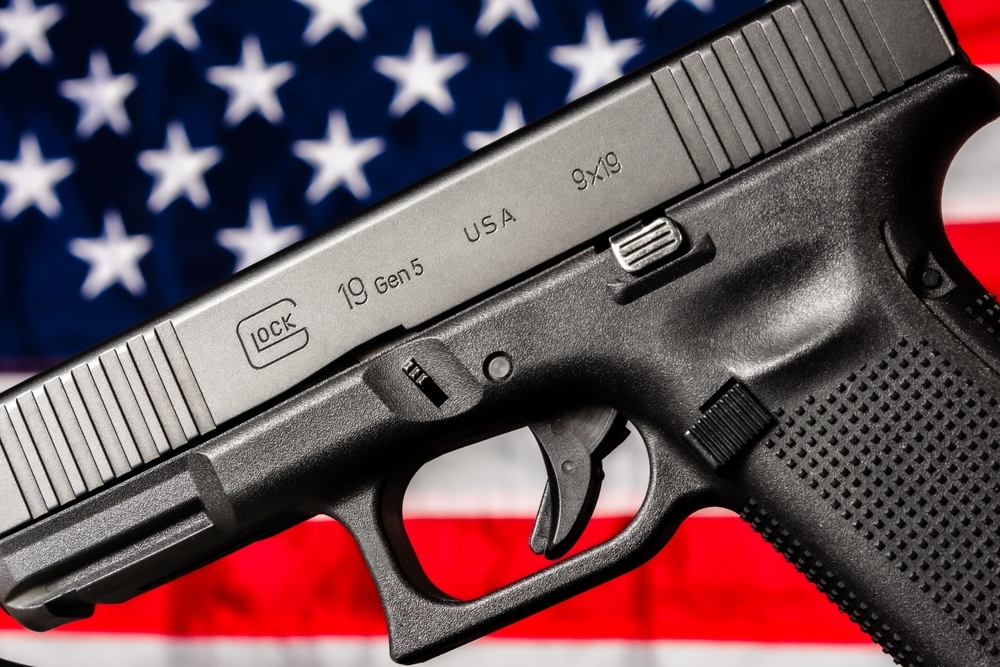
What changed
In 2017, things got interesting with the Gen 5 release. Glock removed the divisive finger grooves. It returns to a smoother grip profile similar to Gen 1 and 2 pistols. The new nDLC (Diamond-Like Carbon) finish offered superior corrosion and wear resistance.
Controls saw major upgrades with fully ambidextrous slide stops and an improved trigger with a better feel and reset. The magwell received a flare for faster reloads, and internally, the Glock Marksman Barrel (GMB) delivered better accuracy with traditional rifling and a thicker barrel wall.
Early Gen 5 runs included a small ‘half-moon’ cutout at the bottom front of the frame; later Gen 5 Mod1 / FS iterations removed that cutout and added front serrations on many models. . After user feedback, Glock removed this feature. Later, they introduced the Front Serration (FS) variants with additional grip texturing at the front of the slide.
Strengths
The Gen 5 represents Glock's most refined factory offering. The trigger feels cleaner than previous generations, and the ambidextrous controls make the pistol truly left-hand friendly. The flared magwell speeds up reloads under pressure.
The Marksman Barrel produces noticeably better accuracy than older generations. As Glock notes, the Gen 5 embodies their "pursuit of perfection over the pursuit of novelty". It focuses on real performance improvements rather than gimmicks.
Trade-offs
The front serrations on FS models limit some custom slide milling options. Parts compatibility differs from older generations, so not all Gen 3 or 4 accessories will work.
The Gen 5 typically commands a price premium over the Gen 3 models still in production. For budget-conscious buyers, these upgrades may not justify the extra cost.
Who it suits
The Gen 5 is ideal for duty or carry users who want the most refined stock experience without modifications. Left-handed shooters will appreciate the fully ambidextrous controls. Anyone prioritizing out-of-the-box accuracy will benefit from the improved barrel.
The British Armed Forces selected the Glock 17 Gen 4 in 2013 to replace their Browning Hi-Power pistols, citing concerns about weight and the external safety of the Hi-Power. Similarly, the French Armed Forces began replacing their older service pistols with Glock 17 Gen 5 models in 2020. It shows the platform's continued adoption by major military forces.
Outside the Generations: Slimline Family
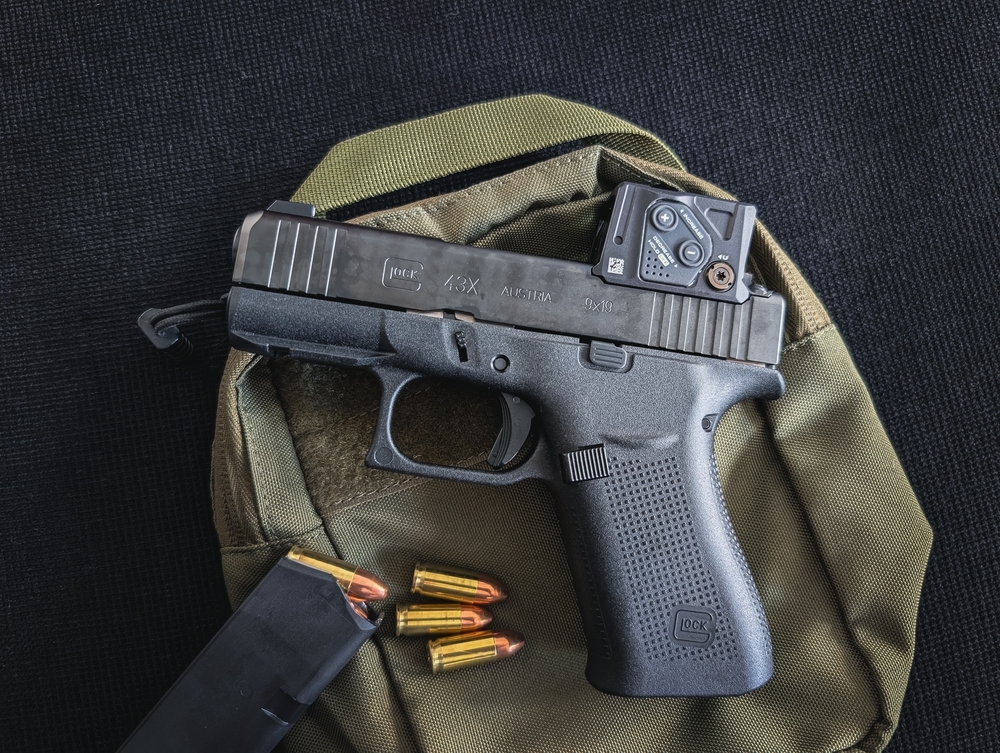
The Slimline series exists somewhat outside the standard Glock generations, designed specifically for deep concealment and summer carry when minimal bulk is crucial. These single-stack 9mm and .380 pistols offer much thinner profiles than their double-stack cousins.
The family includes the G42 (.380 ACP), G43 (9mm), G43X (9mm with longer grip), G48 (9mm with longer slide and grip), plus MOS variants of the G43X and G48. These guns are perfect for situations where even a compact G19 might print too much or feel too bulky.
The Slimline models come with most of the bells and whistles of Gen 5 pistols but in a smaller package. The tradeoff is reduced capacity – though aftermarket magazines from companies like Shield Arms have helped address this limitation for some models.
Pro tip from experienced users: "Throw a Shield Arms S15 kit in the G43X or G48 to maximize the capacity and practicality of the noisy cricket." This upgrade brings these slimline models to 15-round capacity. It matches the compact G19 but in a thinner frame.
Outside the Generations: MOS (Optics-Ready)
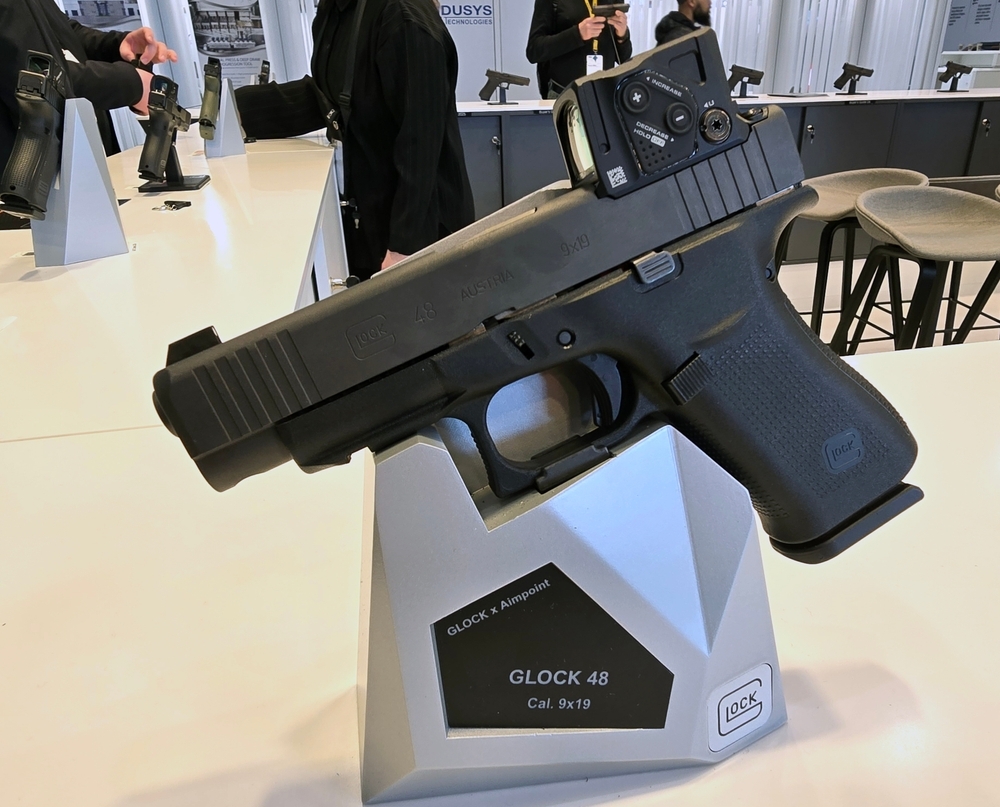
MOS (Modular Optic System) is another Glock innovation that exists across multiple generations. These pistols come with factory-cut slides that accept interchangeable plates designed for different red dot optics – no custom milling required.
The MOS system allows users to mount popular micro red dots directly to their pistol using the appropriate plate. This saves the time and expense of sending your slide out for custom milling, which can take weeks or months and can't be undone.
Available in many models including the G17, G19, G43X, and G48, MOS variants give you optics flexibility. Want to try a different dot? Just swap plates instead of buying a new slide or pistol. The system has become popular enough that many new Glock purchasers opt for MOS models even if they don't plan to mount an optic immediately.
Buyer's Guide: Pick by Use Case (Quick Path)
Choosing the right Glock generation depends largely on how you plan to use the pistol. Here's a quick guide to help you decide:
First Glock / General Duty-Carry: Go with a Gen 5 compact (like the G19) for the best out-of-box ergonomics, accuracy, and ambidextrous controls. You'll get a refined shooting experience without needing immediate upgrades.
High Customization / Budget Build: The Gen 3 is your friend here. The massive aftermarket support means endless possibilities for customization, often at lower cost than newer generations.
Ergo Upgrade without Gen 5 pricing: If you can find a Gen 4 (remember, they were discontinued in 2020), you'll get the larger mag button, backstraps, and dual spring without paying the Gen 5 premium.
Maximum Concealment: Look at the Slimline family – the G43X or G48 offer excellent concealment with decent capacity. Go MOS if you want to run a micro red dot.
Red-Dot Ready from Factory: Any MOS variant will save you the wait time and expense of custom slide milling.
Fit & Feel Checklist
When testing at the counter or range, pay attention to:
- How the grip fits your hand – especially if you're deciding between generations with and without finger grooves
- Trigger reach and break quality
- How easily you can manipulate the slide with the available serrations
- Control access for left-handed shooters (if applicable)
- Recoil impulse and how quickly you can make follow-up shots
- Reload speed, particularly with the Gen 5's flared magwell
Conclusion
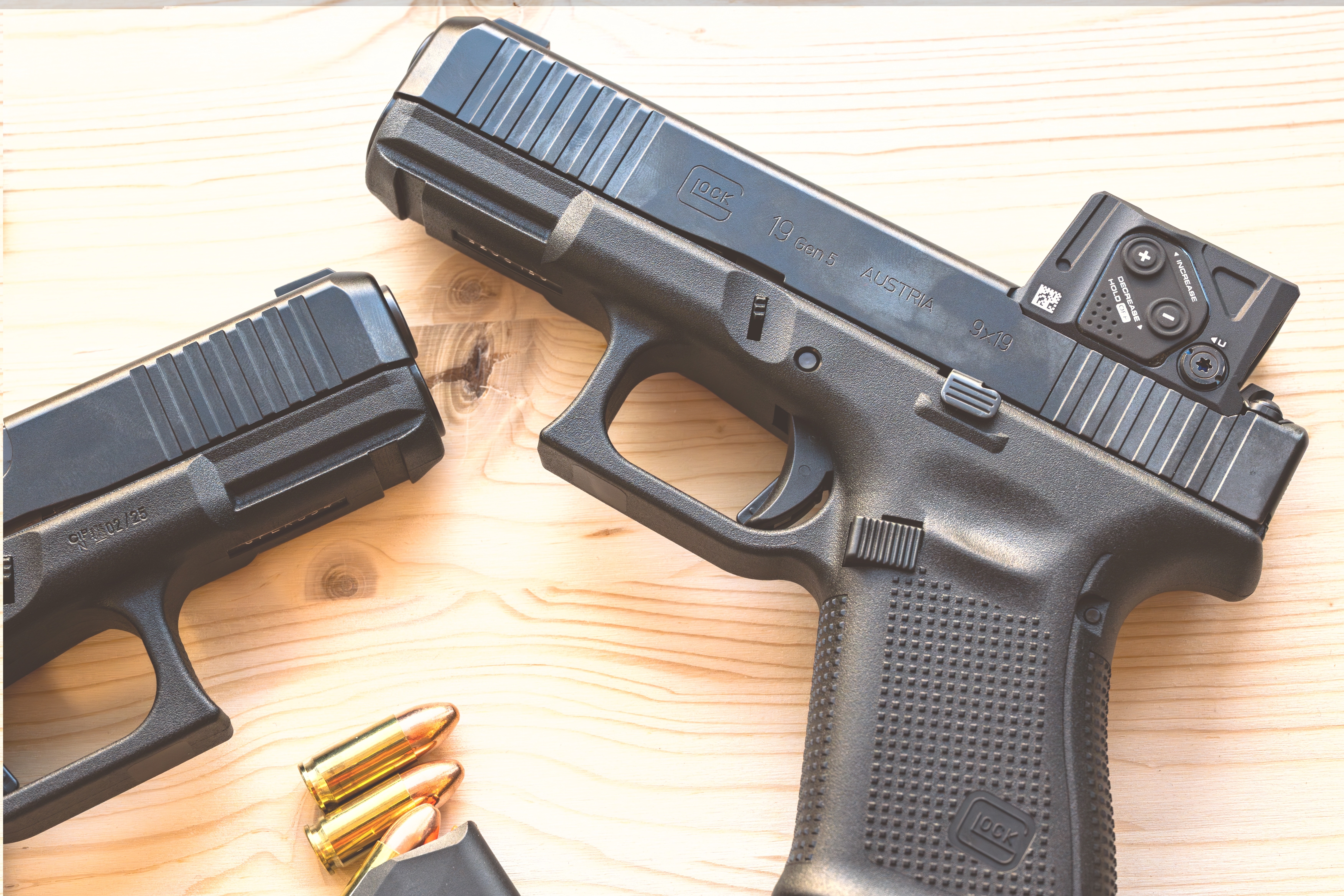
Glock's generational evolution shows a company that listens to user feedback and makes meaningful improvements. From the original design that won the Austrian military trials to today's refined Gen 5 models, each iteration has built on a foundation of consistent performance.
Remember that the "best" Glock is the one that fits your hand, meets your needs, and feels good when you shoot it. Generation numbers matter less than finding the right tool for your specific job. Many experienced instructors still prefer Gen 3 or 4 models despite newer options being available.
Always follow proper safety protocols and familiarize yourself with your local laws regarding handgun ownership and carry. Specifications and model availability may vary by region, so verify current details with Glock or authorized dealers.
Ready to experience the differences yourself? Find a range that offers rental Glocks from different generations and test them side-by-side. Hands-on experience will tell you more than any article ever could.
Ultimately, the Gen 5 represents Glock's pursuit of perfection over the pursuit of novelty. They looked at what works and built a Glock that is up-to-date and good to go straight out of the box. Find what works for you.
For more insight into Glock performance and evolution, explore the Glock 17 review — top choice for full-size 9mm handguns for firsthand testing data and the top Glock upgrades guide for customization ideas that span all generations.

Magtech 9mm 115gr FMJ
$13.99
at Pro Armory
Prices accurate at time of writing
Frequently Asked Questions (FAQs)
What are the biggest differences in Gen 3 vs Gen 4 vs Gen 5?
Gen 3 has finger grooves and the largest aftermarket. Gen 4 added modular backstraps, a larger mag release, and dual recoil spring. Gen 5 removed finger grooves, added ambidextrous controls, a flared magwell, and improved barrel and finish.
Is Glock Gen 4 discontinued—and should I still buy one?
Yes, Glock discontinued Gen 4 in 2020. They're still good pistols and worth buying if the price is right and you prefer their features over Gen 3 or 5.
Do Slimline pistols count as Gen 4 or Gen 5?
Slimline pistols exist outside the standard generations, though they share more features with Gen 5 models. They're purpose-built for concealment with their own unique characteristics.
What is the Glock Marksman Barrel and why switch from polygonal rifling?
The Glock Marksman Barrel uses traditional rifling instead of polygonal, with a thicker barrel wall. This change improves accuracy and barrel longevity according to Glock.
Can I mount a red dot without milling? What is MOS?
Yes, MOS (Modular Optic System) models come with slides pre-cut to accept mounting plates for popular red dot sights without custom milling.
Are parts cross-compatible across generations?
Some are, many aren't. Gen 3 and Gen 4 share more compatibility than either does with Gen 5. Always verify specific part compatibility before purchasing upgrades.
Which generation has the best aftermarket support?
Gen 3, by a wide margin. The decades of production and popularity have created the largest ecosystem of parts and upgrades.
What's the best first-time buyer pick for concealed carry vs duty?
For concealed carry, a Gen 5 G19 or Slimline model like the G43X offers the best blend of concealability and shootability. For duty use, the Gen 5 G17 or G45 provides excellent capacity and handling.
About the Author
This article was written by the ProArmory writing team based on current research, including studies from reputable sources like the Journal of Military Science, Firearms News, and the National Shooting Sports Foundation. We also referenced trusted information from official defense publications and respected firearm authorities such as the ATF, NRA, and manufacturer manuals.
Disclaimer: The information provided in this article is for educational purposes only. We do not claim to have personally tested these firearms. All recommendations are based on research, industry knowledge, and feedback from users. Always follow all firearms safety rules, local laws, and manufacturer guidelines.




 Pro Armory Editorial Team
Pro Armory Editorial Team




